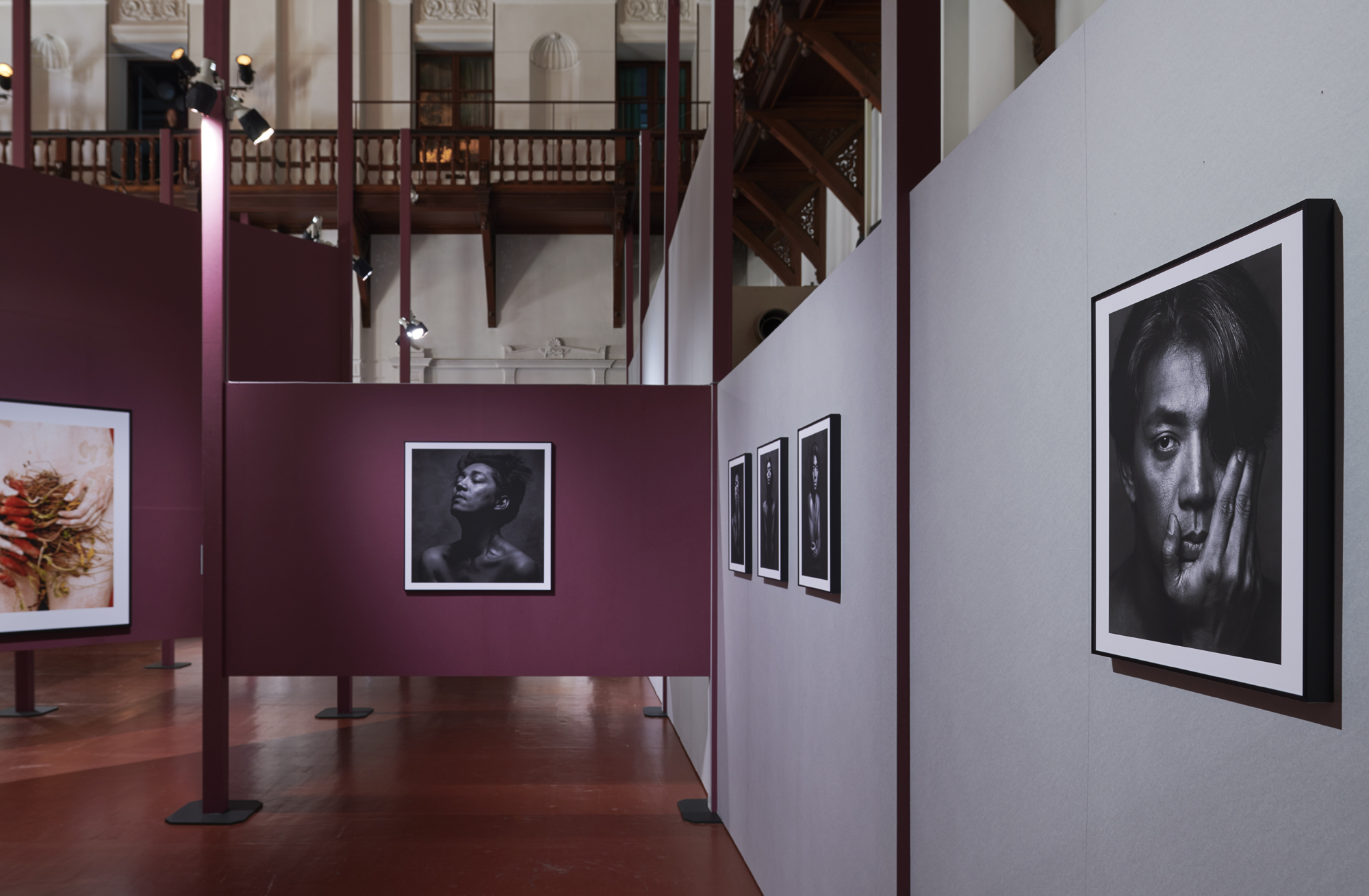The banner image for "Vibe," the seventh edition of the Kyotographie International Photography Festival, is Scotsman Albert Watson's sepia-tinted portrait of Ryuichi Sakamoto, which was used for the musician's 1989 album "Beauty." It's an outrageously self-indulgent image, but so gorgeous, and the album itself so perfect, the indulgence can absolutely be forgiven. As an event that covers a broad range of photography appealing to different audiences, Kyotographie may never be able to hit all the right notes for everybody, nevertheless, this is Japan's most comprehensive, and most beautifully set event dedicated to the medium.
From the point of view of what makes Kyotographie unique — that it has access to heritage buildings of Japan's ancient capital — Tunisian artist Ismail Bahri's installation in the Okiyodokoro kitchen of the Nijo Castle, is the epitome of what the festival can offer. Rather than show prints, Bahri has used the space to play with the idea of photography. The original configuration of the room had shoji screen doors and, realizing that these were a form of shutter, Bahri had them replaced with wooden screens in order to create a literal camera obscura. Natural light pierces the darkness in carefully calculated ways: a vertical gap between boards projects a line onto a sheet of Japanese paper, which moves gently with any gusts of air, a horizontal slot illuminates the edges of a roll of tape that is speckled with sand from a beach in Tunisia.
This may sound Zen-like or meditative — and how boringly Orientalist if it was — but there is too much pregnant tension in the work for that.


















With your current subscription plan you can comment on stories. However, before writing your first comment, please create a display name in the Profile section of your subscriber account page.